1. Aussies Celebrate Chanukah in the Summer
Living in the Southern Hemisphere, Australian Jews experience the Jewish calendar differently from their northern brethren. They celebrate Chanukah during the hot, bright Australian summer (often in summer camp), which means the menorah can often only be lit after 9 p.m. All-night learning on Shavuot (which falls out during their early winter) begins in the early evening and ends much later in the morning than it does in the Northern Hemisphere. But there are perks as well, such as ending the Tisha B’Av fast as early as 6 in the evening.
2. Australian National Favorite Foods Are (Often) Kosher
Like their fellow Aussies, the Jews of “Down Undah” enjoy a good Vegemite sandwich (Vegemite is certified by Kosher Australia) for breakfast, kosher meat pies and sausage rolls (with kosher beef and no cheese) at football matches, pavlova as dessert on Shavuot (or pareve for other holiday meals), and “fairy bread” (white bread spread with butter/margarine and covered with “hundreds and thousands” i.e., non-pareil sprinkles) at birthday parties.

3. The First Jews Were Convicts
The first Jews to Australia arrived on the First Fleet in 1788. Settled by the British, Australia was initially used as a penal colony, and the first shipment of convicts included at least 8 Jewish men and women, and possibly as many as 15. Most were accused of petty theft, such as 15-year-old Esther Abrahams, charged with stealing two lengths of black lace. Sentenced to seven years in Australia, she brought her infant daughter with her.
In the ensuing years, many more Jews came over as prisoners, middle-class free settlers, and then as part of the Gold Rush influx in the 1850s. By 1861, there were an estimated 3,000 Jews in the country, growing to 15,000 by the turn of the century.
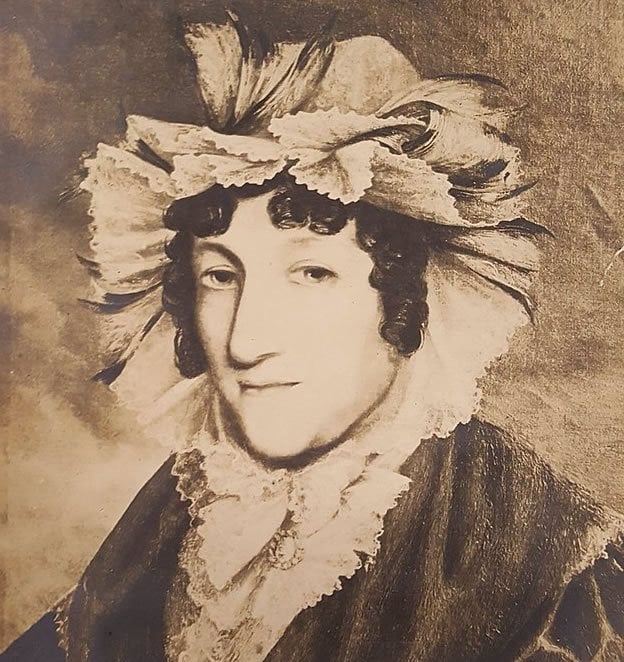
4. The Community Grew in the 20th Century
A small wave of refugees from the pogroms in Russia and Poland began to arrive in Australia in the 1890s, followed by a second, larger wave following World War I. In the 1930s, several thousand German and Austrian Jews fled to Australia to escape the rise of Nazism, and a further 2000 European refugees were deported from Britain on the infamous Dunera.
In the post-war years, Australia’s Jewish community saw its largest influx—Holocaust survivors from Poland, Hungary, and other European countries, ballooning in size from 23,000 in 1938 to 60,000 in 1961. Australia has the highest per capita rate of Holocaust survivors outside of Israel.
The late ‘80s and ‘90s saw an influx of Jews from the former Soviet Union, and consistent immigration from South Africa.
5. There Are Approximately 100,000 Jews in Australia Today
The current Jewish population of Australia is estimated to be between 90,000 and 120,000, comprising roughly 0.5% of the country’s total population.
6. Jews Serve With Distinction

Since Jews have been part of Australian society since its colonization and settlement, and many came from Britain and were therefore English-speaking, they quickly integrated and became part and parcel of Australian society, without facing the anti-Semitism and roadblocks limiting Jews in many other countries. As a result, Australian Jews have consistently been involved in every facet of Australian life, holding important positions in the arts, education, philanthropy, politics, science, medicine, the legal system, and the military.
General Sir John Monash, a distinguished Lieutenant-General and Commander of the Australian corp during World War I, is considered the most famous commander in Australian history. Sir Isaac Isaacs was the first Jewish Governor-General of Australia, in 1931, and Sir Zelman Cowen held the position from 1977 to 1982.
Meet Australia’s Newest Supreme Court Justice, Rabbi Marcus Solomon
7. The Oldest Standing Synagogue in Australia Is in Hobart, Tasmania
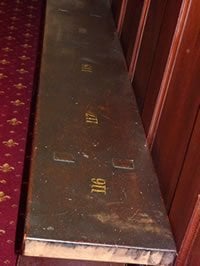
Built on land donated by Judah Solomon, former convict turned businessman, the Hobart Synagogue was consecrated in 1845, although services were held in homes and rented premises earlier. It is the only known shul to have had seats set aside for convicts, many of whom were granted permission to refrain from work and attend Shabbat services. The congregation also provided two free Shabbat meals for the prisoners.
There are currently an estimated 80 synagogues throughout Australia.
8. Jewish Agricultural Settlements Rose and Fell
Early Jewish settlers lived in rural areas, but by the early 1900s concerns about assimilation drove them to concentrate in urban areas, primarily Melbourne and Sydney.
One well-known settlement was in remote Shepparton, where Reb Moshe Zalman Feiglin, a staunch chassid of the fifth and sixth Rebbes of Chabad, set up a self-sufficient Jewish agricultural community and an ad-hoc yeshivah. He arrived in Australia in 1912, and was later joined by his wife and children, as well as five additional Chabad families. Despite the remote location and lack of infrastructure, he and his family remained committed to living Torah-centric lives.
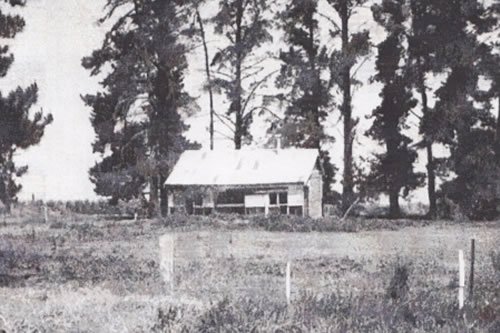
9. The Rebbe Sent Chabad Emissaries in the 1950s
Following World War II, the sixth Rebbe sent several emissaries to bolster Judaism in Australia. Lacking language and resources, they more than compensated with love, joy and inspiration.
Their work was boosted when Rabbi Yitzchok Dovid and Rebbetzin Devorah Groner moved to Australia in 1958 at the Rebbe’s behest. What was initially intended to be a three-year stint turned into a lifelong mission, as they threw themselves into building and cultivating the Australian Jewish community.
At the time of his passing in 2008, Isi Leibler, a former president of Australian Jewry, said: “History will record that Rabbi Yitzchok Groner was beyond a doubt the greatest Australian Jewish leader of the past century.”
10. The Majority of Jewish Kids Attend Jewish Schools
One of the most distinctive features of the Australian Jewish community is its strong network of well attended day schools, giving it the highest rate of Jewish children in Jewish schools outside of Israel. There are also a number of Jewish overnight camps and youth groups with strong attendance.
Started in 1949 with only 3 students, Melbourne’s Yeshivah-Beth Rivkah schools have grown into vibrant educational hubs, serving hundreds of students each year with a strong dual Jewish and secular curriculum.
In addition to the day schools, the Yeshivah Centre includes a state-of-the-art early childhood facility, large Chabad shul, an outreach-focused kollel, mikvah, post-high school seminaries for women (Ohel Chana) and men (Yeshivah Gedolah), and Chabad Youth—the largest Jewish youth organization in the Southern Hemisphere.
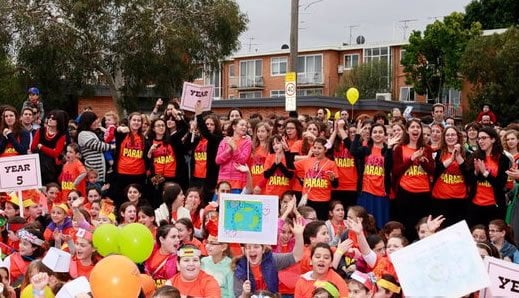
11. The Continent’s First Yeshiva Was Founded in 1966
The Rabbinical College of Australia and New Zealand was founded under the direction of Rabbi Zalman Serebryanski, one of the Russian-born Chassidim who formed the basis of the Chabad community in Australia, when Yeshivah College High School had a graduating class of six young men who were ready to pursue advanced, post-high school Judaic studies.
A year later, their ranks were bolstered when the Rebbe dispatched six senior North American rabbinical students to join them for a two-year term. At the Rebbe’s urging, the students visited the Jewish communities in Sydney, Adelaide, Brisbane, New Zealand and even Tasmania. The Rebbe continued to send cohorts of American students, a tradition that lives on until today.
Today the majority of Australian rabbis are alumni, as are hundreds of Judaically educated and inspired lay leaders.

Yeshivah Gedolah: A 50-Year Educational Powerhouse in Australia
12. The Community Is Cohesive and Traditional
Melbourne’s annual Chanukah in the Park event is attended by an estimated 10,000 people each year, from across the spectrum of Jewish observance. And that’s just one example.
Australia’s Jewish community is uniquely cohesive; members from the many different congregations, whose children attend different schools, and who may maintain differing levels of observance all meet at communal functions, personal celebrations, and social events.
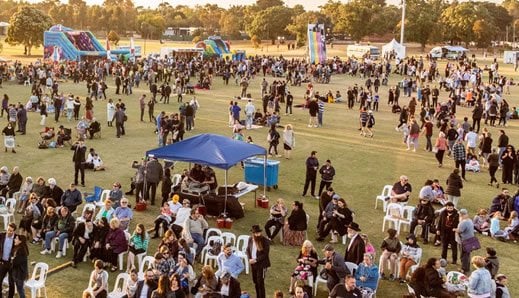
40,000 Tune in Down Under for Virtual Lag BaOmer Celebration
13. Chabad of RARA Visits Jews in the Outback
Currently, 90 percent of Australia’s Jews live in Sydney and Melbourne, with smaller communities in Perth, Adelaide, Brisbane, Hobart, and Canberra.
But Australia is a huge country, and lone Jews are scattered throughout its small towns, often the only Jews in the area. Chabad of Rural and Regional Australia (“RARA”) travels the Australian outback in a fully-equipped campervan, visiting Jews in isolated locations, bringing kosher food and supplies, and most importantly, community.

14. Their Hens Have Red Crests
When doing pre-Yom Kippur Kapparot, males say a short text while passing a rooster over their heads, and females do so with hens. In much of the world, males are easily recognizable by the larger red comb and wattle. Among the breeds common in Australia, however, the hens also have similarly large features. Don’t say we didn’t warn you!
Read: What Is Kapparot?
15. There Are Jews in New Zealand as Well
The first Jews arrived in New Zealand as traders in the 1830s, with an influx during the 1860s gold rush. The first synagogues were established in 1868 and 1870. New Zealand is currently home to approximately 5,000 Jews, primarily in Auckland and Wellington, both of which have active congregations.
Keeping Together and Apart in Far-Flung Auckland During the Pandemic
16. There Are Chabad Centers in Six States and the Australian Capital Territory
There are nearly 200 Chabad emissary couples serving Australian Jewry as teachers, congregational leaders, and other pastoral positions. There are currently Chabad centers located in six Australian states and the Australian Capital Territory.
17. They Are the First to Celebrate Each Jewish Holiday
Located just West of the International Date Line, the Jews of Australasia are the first to usher in each Jewish holiday. Thus, the first Chanukah candle is lit first in New Zealand, then in Brisbane, Sydney, and Melbourne, followed eventually by the Jews of Perth, on the western coast of Australia. (Conversely, the last Jew to light the menorah probably lives somewhere in Alaska.)
It should be noted that there was a time when some believed that Shabbat should be celebrated a full day later in Australia (following a later-rescinded opinion of Rabbi Avraham Yeshaya Karelitz—the Chazon Ish), but the halachic consensus soon developed that the Jewish date in Australia is determined along the same lines as the secular International Date Line.
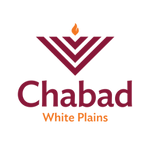



Join the Discussion